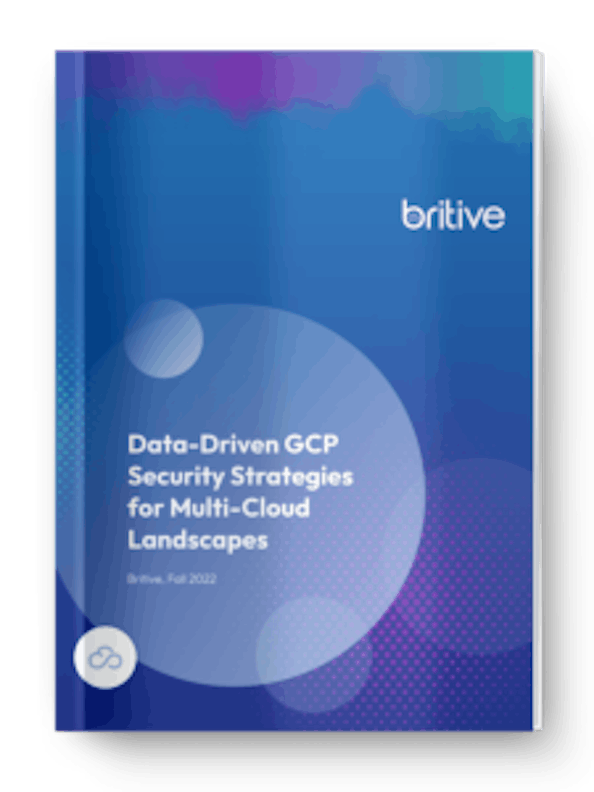


Back to resources
Data-Driven GCP Security Strategies for Multi-Cloud Landscapes
Cloud-native development is critical as multi-cloud environments increase.
READ MORE
Secure multi-cloud environments leveraging GCP.

Key Takeaways
- Growth of Multi-Cloud Environments: Most Google Cloud Platform (GCP) users are working within multi-cloud settings, indicating a rising trend in cloud diversity.
- Security Gaps in Native Controls: Native security controls in GCP are often insufficient for multi-cloud setups.
- Need for Enhanced Security Tools: Organizations require advanced tools to reduce privilege sprawl, eliminate standing permissions, and support DevOps automation.
- Solution Focus: GCP users must enhance security to reduce attack surfaces and streamline operations in multi-cloud environments.

